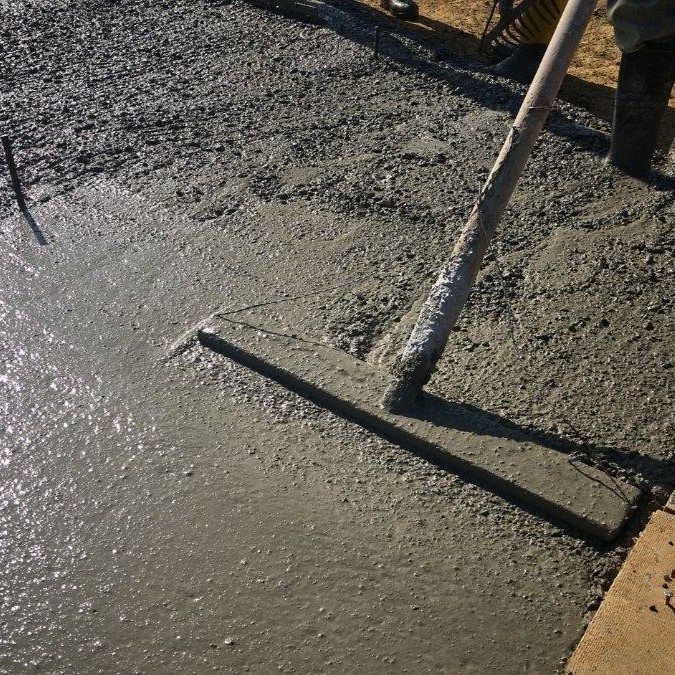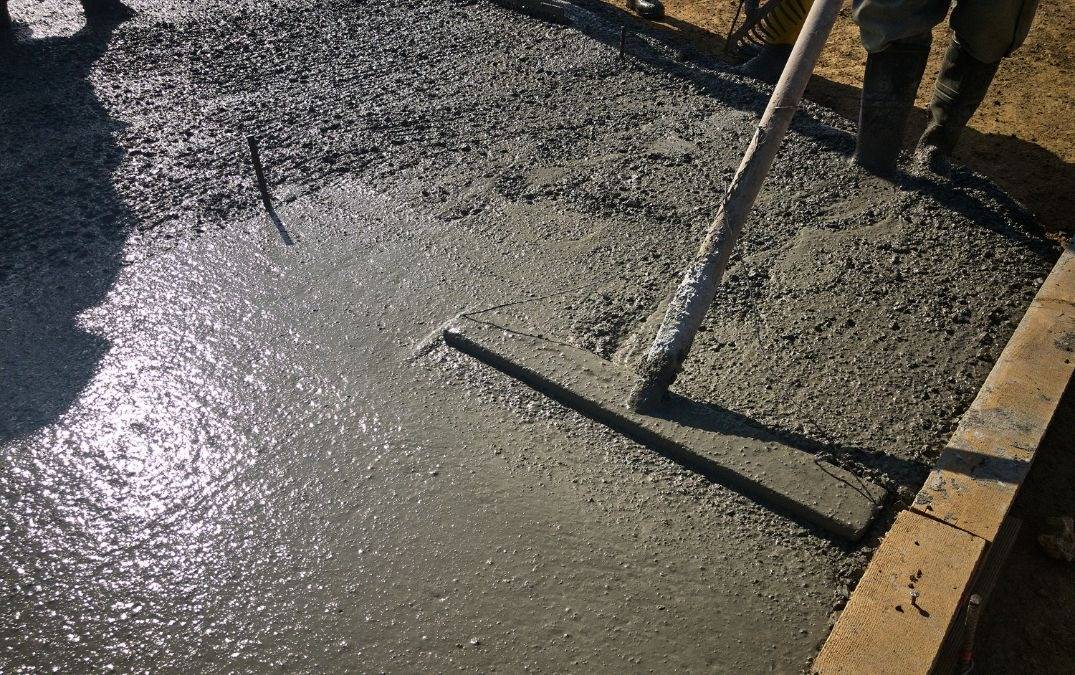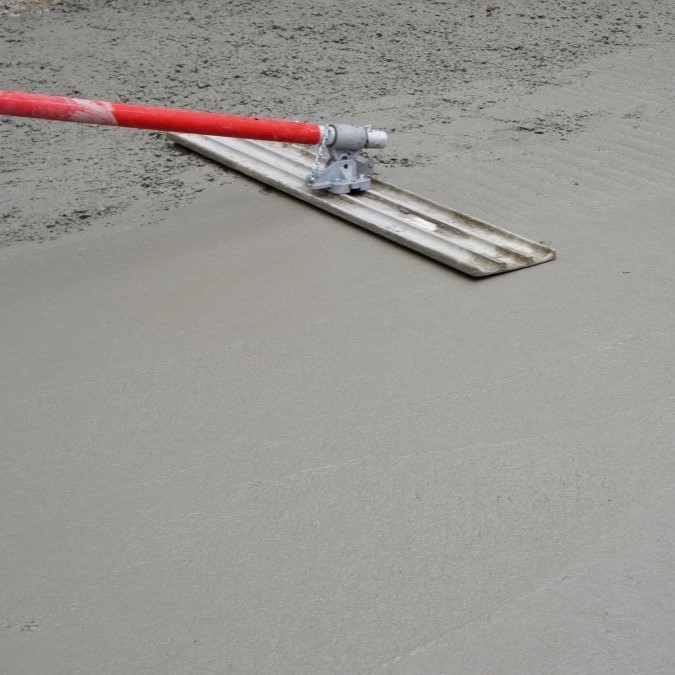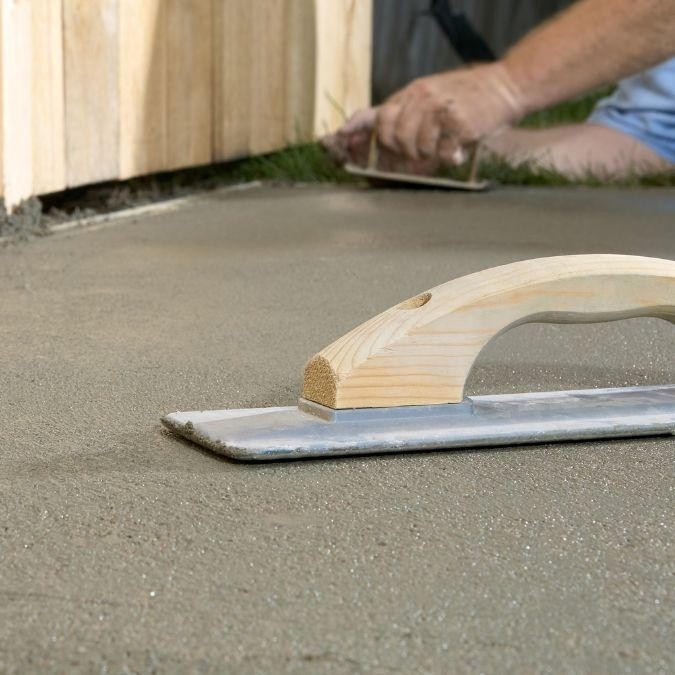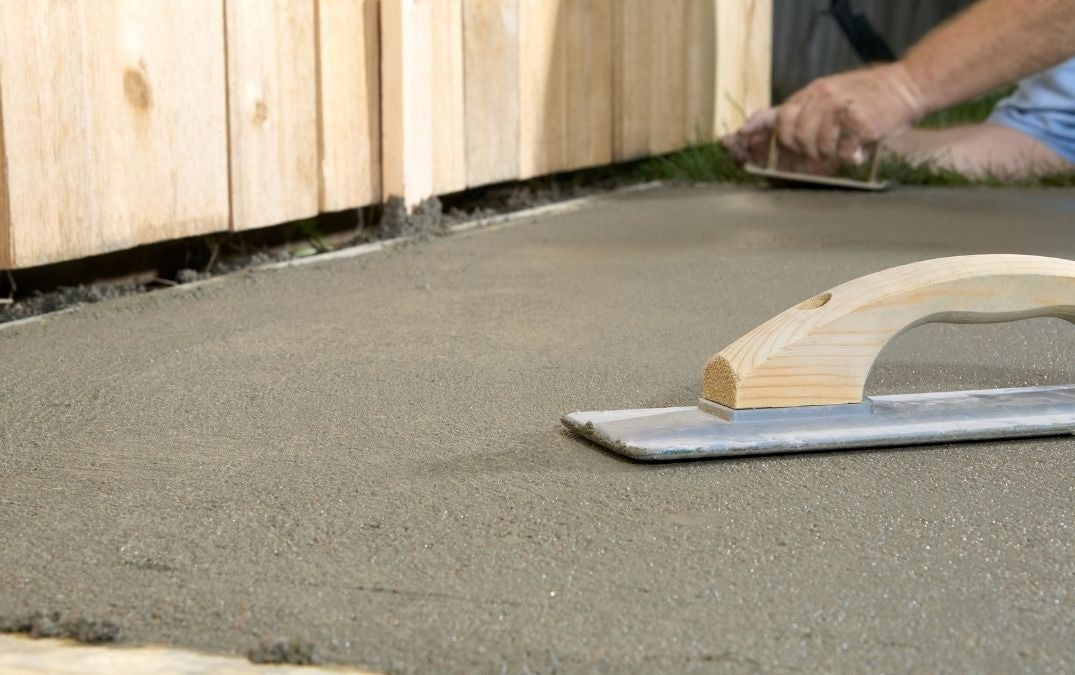Types of Bull Floats
When it comes to bull floats, you’ve got a few types to choose from, each with its own perks. First up, there's the Magnesium bull float. This one’s lightweight, making it easy to handle and perfect for large areas. It’s also durable and resistant to rust. You also have the Aluminum bull float. It’s similar to magnesium but a bit heavier and often more affordable. Then there’s the Wood bull float. This traditional option is heavier and can give a different finish, often preferred for older-style concrete work. Don’t forget the Composite Bull Float, which is made from high-tech materials, combining lightweight design with durability.
